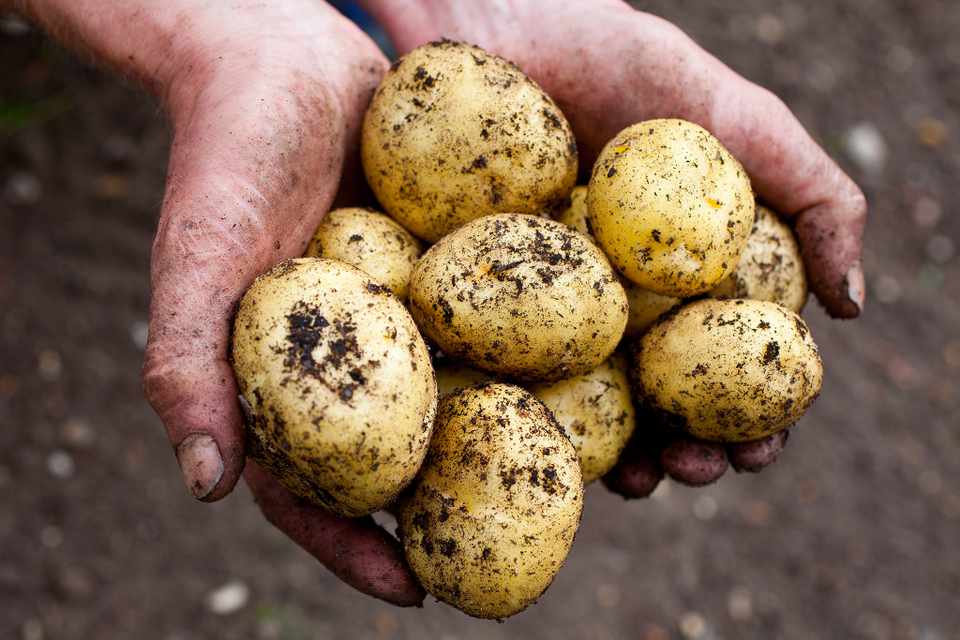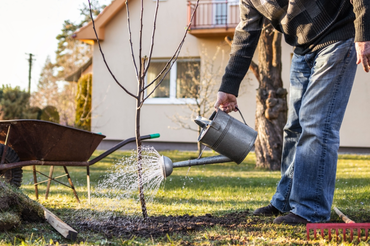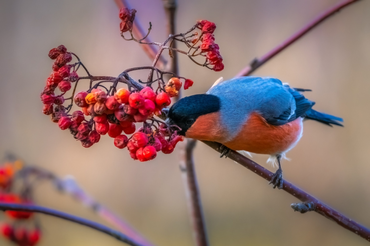Potatoes are a staple crop for many gardeners, and letting seed potatoes sprout – also known as ‘chitting’ – is standard practice. A mixed crop of earlies and main varieties will see you through the rest of the year, which could save you a decent chunk of money on your supermarket shop! In this article, we have some growing hints and tips for you about chitting seed potatoes but as always, if you want some specific advice, feel free to ask one of the Carpenter’s team!
What is Chitting a Potato?
Chitting a potato means encouraging it to sprout before you plant it in the ground. Potatoes are ready to plant when they have shoots around 1 inch long. You will end up with several shoots, so remove the weakest until you are left with the best four.
If left in the right conditions, any potato will ‘chit’ or grow shoots. This is why old spuds abandoned in the back of a cupboard grow long sprouts. You could plant these potatoes, but we recommend you stick with seed potatoes or ‘tubers’, as they are verified free of disease.
Chitting early crops is always a good idea, but it is sensible to chit main crops too. It gives the potato a head-start and ensures a good crop later in the year.
When to Chit Seed Potatoes
This depends on where you live. In warmer parts of the UK, such as Hertfordshire, you can begin chitting your seed potatoes in late January. If the weather is cold, wait until February.
How to Chit Potatoes
Stand your tubers up in trays or egg boxes. Make sure the top end is the one with the maximum number of small dents or eyes. Place your trays somewhere light and bright, to encourage the tuber to sprout. Avoid anywhere that’s likely to be affected by frost.
Growing Chit Potatoes
Chits are ready to plant around March time, or if it is still very cold, wait until April. Dig trenches and add some fertiliser before you add the potatoes. Early varieties should be planted 12 inches apart, but main crop varieties need a bit more room between each row.
Be very careful when planting your chits. Make sure you don’t snap off the sprouts when you place them in the ground. Cover each tuber with a light layer of soil. As the sprouts grow, bank up the soil so the shoots remain covered. Continue building up the soil in your potato rows until each mound is around six inches tall.
Another method of planting chit potatoes is to lay them in a light layer of soil or compost covered with black polythene. Plant each tuber through a slit in the plastic. The main advantage of this method is that you won’t have to dig up your potatoes at the end of the growing season.
If you don’t have much room, you can also plant tubers in containers. Plant the tubers at the bottom and keep adding fresh compost as the shoots grow, so they stay covered.
Got any questions? Ask us for advice!





